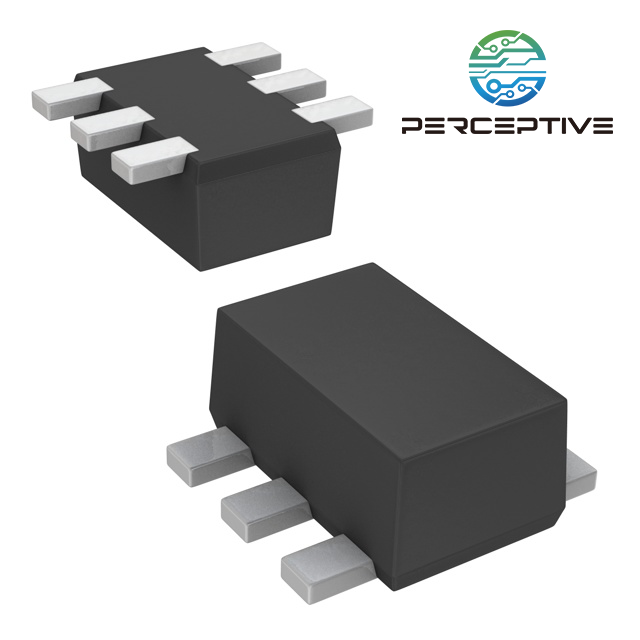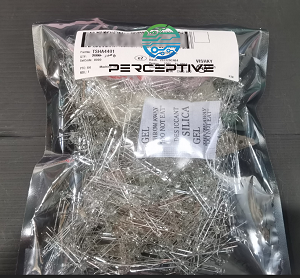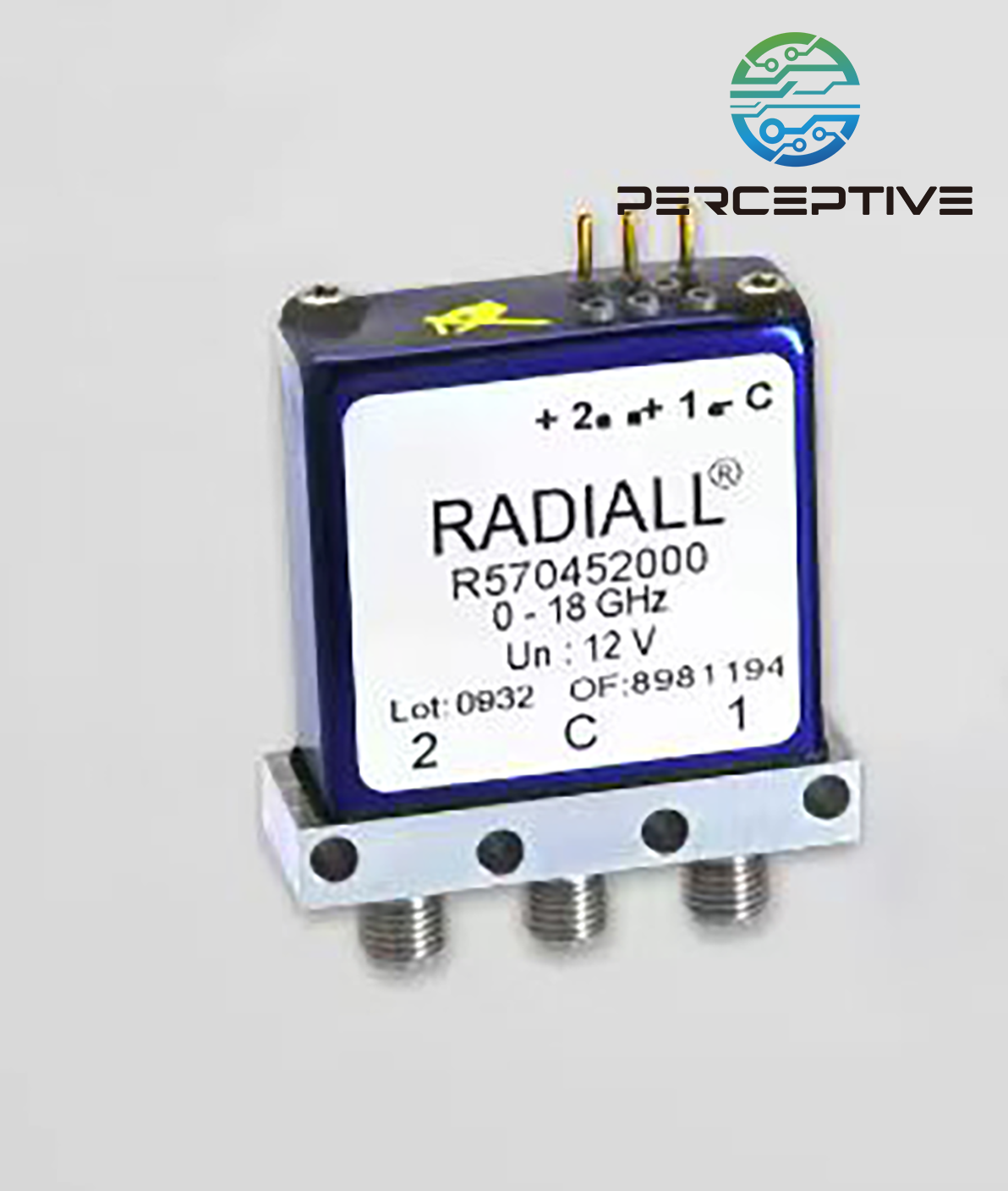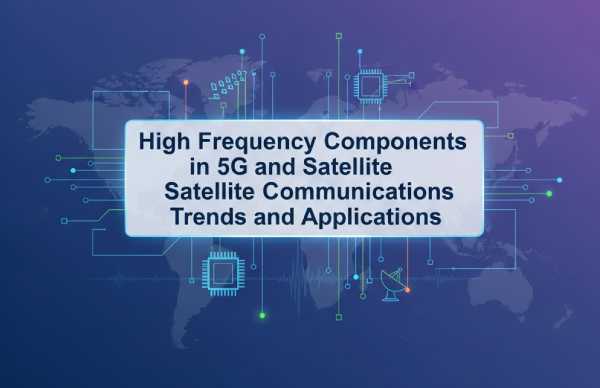Explaining AUTOSAR in detail: What is AUTOSAR?
The proportion of electronic technology in various parts such as powertrain control, chassis control, body control and in-vehicle infotainment system is increasing, and the cost of the whole vehicle is increasing. Electronic technology has quietly become an important technical support for functional expansion and performance improvement in all aspects of automobiles.
Due to the diversity of automotive electronic hardware systems, the development of ECU software is restricted by the hardware system. Whenever the hardware needs to be updated, the ECU software will be rewritten or modified on a large scale, followed by a series of tests, resulting in expensive R&D costs and long R&D cycles.
At present, automotive electronic networks are developing towards multi-bus hybrid network interconnection; electronic control system hardware is developing towards specialization, high integration, and high performance, and its software architecture is also developing towards modularization, platformization, and standardization. Moreover, in the future, with the popularization of new energy and intelligence of automobiles and the increase of some non-functional requirements, the complexity of automobile electronic/electrical systems will also be further improved. This will further lead to a sharp increase in the development cycle and cost of new products. In order to reduce the risk of vehicle control software development, OEMs began to look for ways to improve software reuse.
In order to solve the above problems, based on the research results of the previous EAST-EEA project, in 2003, the Automotive Open System Architecture Alliance (AUTomotive Open System) was jointly established by global car manufacturers, parts suppliers and other electronics, semiconductor and software system companies. ARchitecture, AUTOSAR), and jointly launched an open, standardized software architecture for automotive embedded systems: the AUTOSAR specification.
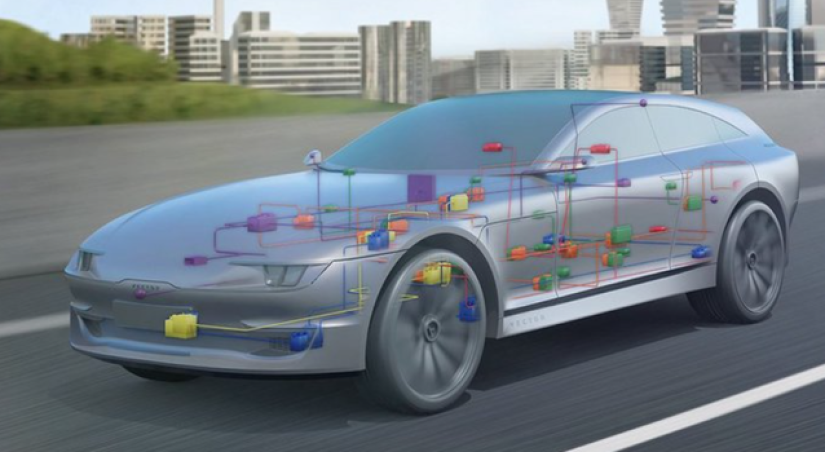
Introduction to AUTOSAR
AUTOSAR is a set of standard protocols jointly established by major automakers, auto parts suppliers, and automotive electronic software system companies around the world. Since 2003, AUTOSAR members have worked together to develop an open and standardized software architecture in line with automotive electronics software development. This architecture is designed to improve the update and exchange of automotive electronic system software, and to manage the increasingly complex automotive electronic software system more conveniently and efficiently.
Simply put, AUTOSAR is a set of standard protocols and software architectures.
Practice shows that the automotive application software developed according to this standard has better scalability and portability, and can realize the reuse of existing software, which greatly reduces the repetitive work in the process of automotive software development and improves work efficiency.
The application of the AUTOSAR specification standardizes the interface characteristics of electronic control units with different structures, which greatly shortens the development cycle of automotive electronic software and improves the quality of automotive electronic software. In addition, AUTOSAR reduces the development cost of automotive electronic software while ensuring service and product quality.
AUTOSAR is still in the development stage, and there are still many shortcomings. However, the support from the world's major automobile manufacturers, auto parts suppliers and semiconductor manufacturers has made the scale of the AUTOSAR Alliance continue to grow.

Features and Benefits of AUTOSAR
Since its establishment, the AUTOSAR Alliance has been advocating the principle of "cooperation in standards and competition in implementation". The standards are jointly formulated by everyone, but the specific implementation methods are explored by each company itself. Its core idea is "unified standards, decentralized implementation, and centralized configuration".
"Unified standard" is to provide an open and common platform for various manufacturers;
"Decentralized implementation" requires a high degree of hierarchy and modularization of the software system, and at the same time reduces the coupling between the application software and the hardware platform;
"Centralized configuration" means that different modules can be developed by different companies, but in order to complete the integration of the final software system, the configuration information of all modules must be centrally integrated and managed in a unified format, so that the configuration generates a complete system.
The adoption of AUTOSAR will bring great benefits to the OEM (main engine factory), making it more flexible and more powerful for software procurement and control. Because AUTOSAR not only standardizes a series of software functions and interfaces, but also proposes a set of standardized development processes and methods, which enables more software suppliers to enter the automotive electronics industry. A standard to develop, the final comparison is the function and quality of the product.
Compared with the traditional ECU software architecture, the high degree of abstraction of the AUTOSAR layered architecture greatly reduces the software and hardware coupling of the automotive embedded system.
The emergence of the AUTOSAR specification will bring the following main advantages:
It is beneficial to improve software reuse, especially cross-platform reuse;
Facilitate the exchange and update of software;
Software functions can be defined and verified at an early architectural level, thereby reducing development errors;
Reduce the amount of manual code, reduce the burden of testing and verification, and improve software quality;
Use a standardized data exchange format to facilitate cooperation and communication between companies.
These advantages will be of great benefit to the development process of the increasingly complex automotive embedded system software in the future, which can greatly reduce the risk and cost of development while ensuring the quality of the software.





